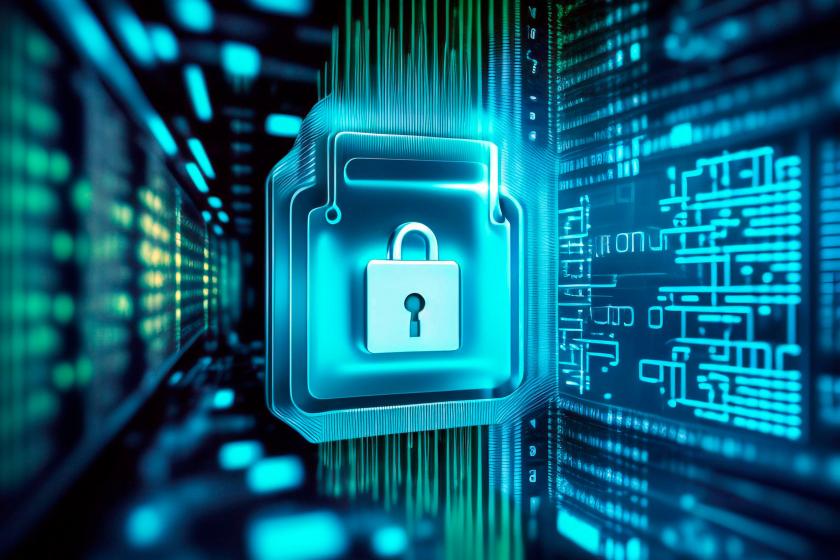Why AI Cybersecurity Is So Important for Network Teams
Network security teams must level up their observability, automation, and cybersecurity tools to be ready for AI-enabled cyber attacks.
April 6, 2023

ChatGPT has gained significant attention for its ability to expedite daily tasks. It has garnered popularity among programmers and non-technical users alike who seek to create programs, thanks to its capacity to produce high-quality code from text-based inputs. Non-technical users can easily learn how to execute the code produced and receive guidance on fixing errors or achieving desired results. Although ChatGPT has safety features to prevent the direct creation of exploits, combining various parts of its response can bypass these protections. Moreover, several other models from Facebook, Google, open-source platforms, and start-ups compete in the market, each with their own safety restrictions, or no restrictions at all.
How Security Exploits Were Built in the Past
In the past, exploiting vulnerabilities in devices involved identifying a current vulnerability and analyzing how to exploit it. Then, the vulnerability was manually tested to ensure it could be exploited. Next, the code was developed to discover vulnerable devices, followed by code to exploit those devices. Malicious actors could outsource some or all of the code development, but the overall process took a median of 22 days, according to CloudSEC. This relatively slow pace meant that companies who regularly updated their network and security devices on a monthly or quarterly basis were generally well-protected.
How Tools Like ChatGPT Are Adding to the AI Problem
Exploiting vulnerabilities no longer requires a time-consuming process and deep technical expertise. With the emergence of tools such as ChatGPT, malicious actors can develop code to execute exploits at an unprecedented pace, reducing the time required to develop exploits from weeks to mere hours.
Moreover, this shift in technology means that the number of actors who can create exploits has vastly expanded, as technical ability is no longer a limiting factor. Consequently, we can expect to see vulnerabilities exploited in the wild within hours to days after they are published, and even complex vulnerabilities that were previously considered too difficult to exploit may now be targeted.
This trend is concerning because non-technical malicious actors can also contribute to the pool of vulnerabilities that are actually exploited in the wild. As a result, it's more important than ever for companies to keep their systems up to date and implement strong security measures to protect against exploitation.
How AI Cybersecurity Can Prevent AI Threats
According to a recent BackBox survey conducted by Wakefield Research, 61% of networking professionals update their devices once per quarter or less, leaving their networks vulnerable to exploits for extended periods of time. In conversations with prospective customers, it is common to hear that they lack insight into the versions of devices in their deployment or the configuration functionalities of those devices.
To prevent network exploitation by malicious actors, substantial automation capability is necessary to quickly close off access to exploits. This can be achieved through temporary mitigation steps, such as closing a port on a firewall, or longer-term mitigation via device OS upgrades. Any mitigation steps must be prepared to execute across the entire network and security device deployment within hours to effectively secure the network against threats.
The Importance of AI Cybersecurity and Training
Given the rapid rise of exploits and the expanded pool of actors who can create them, it's essential for companies to take a proactive approach to network security. This includes investing in the latest security technologies and regularly updating their network and security devices to protect against newly discovered vulnerabilities.
In addition to technological measures, it's also crucial to provide ongoing training for network teams to ensure they are equipped with the knowledge and skills needed to identify and respond to threats effectively. This includes understanding the latest threat landscape, implementing best practices for network security, and staying up to date with the latest security tools and technologies.
Ultimately, the success of any network security strategy depends on a combination of proactive measures and a skilled, knowledgeable network team. By taking these steps, companies can help protect their networks against the rapid rise of exploits and other security threats in the modern era of AI.
About the Author
You May Also Like
2024 InformationWeek US IT Salary Report
Aug 15, 20242022 State of ITOps and SecOps
Jun 21, 2022




